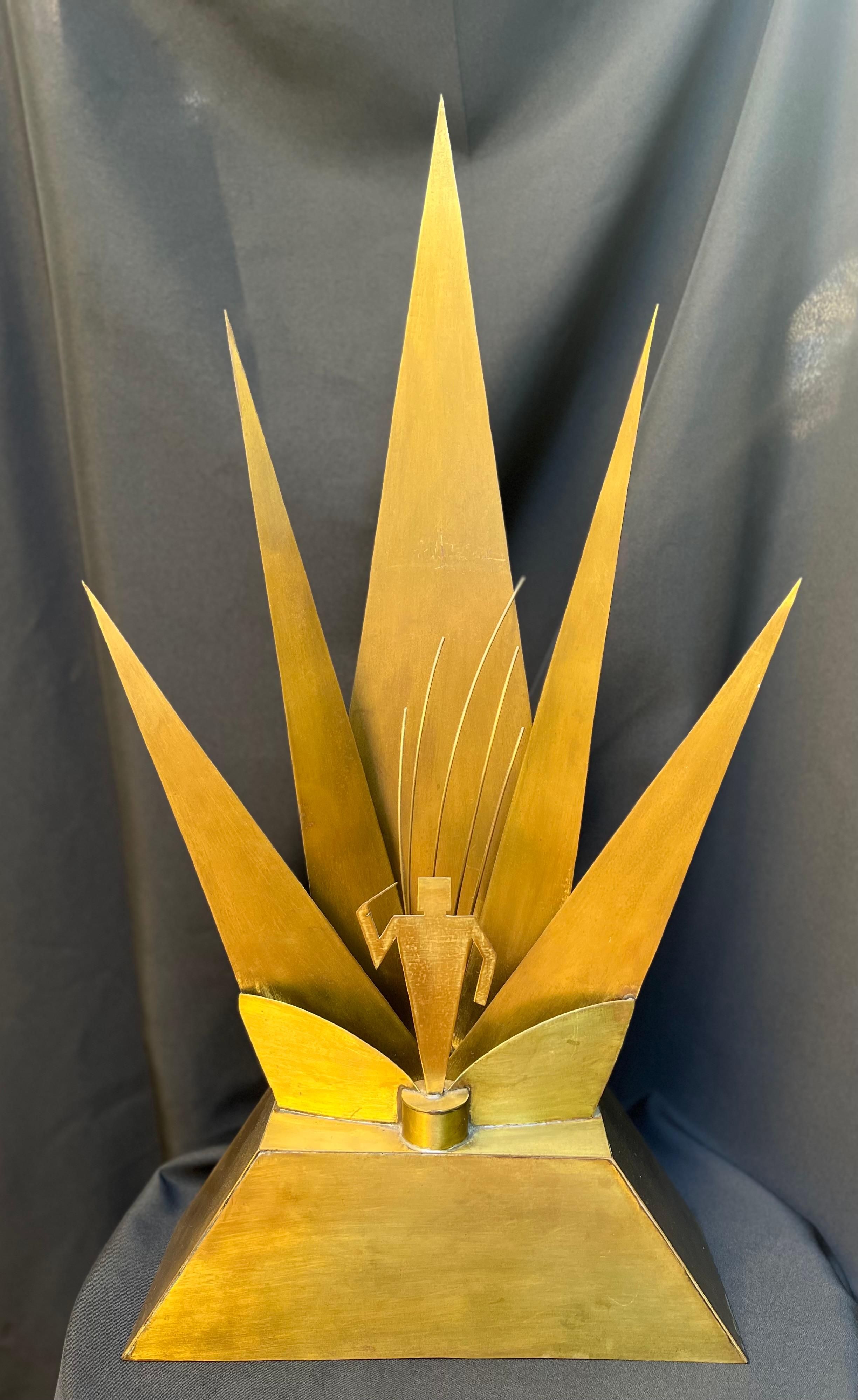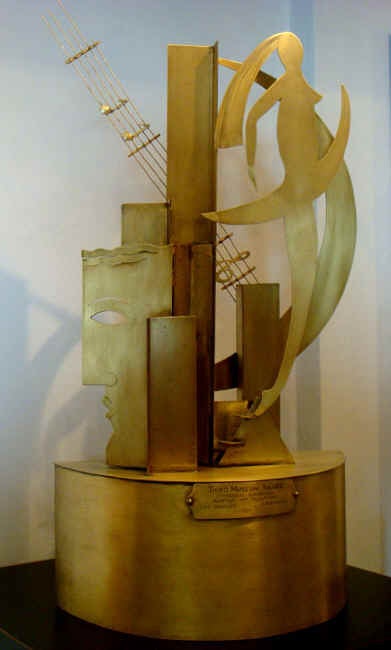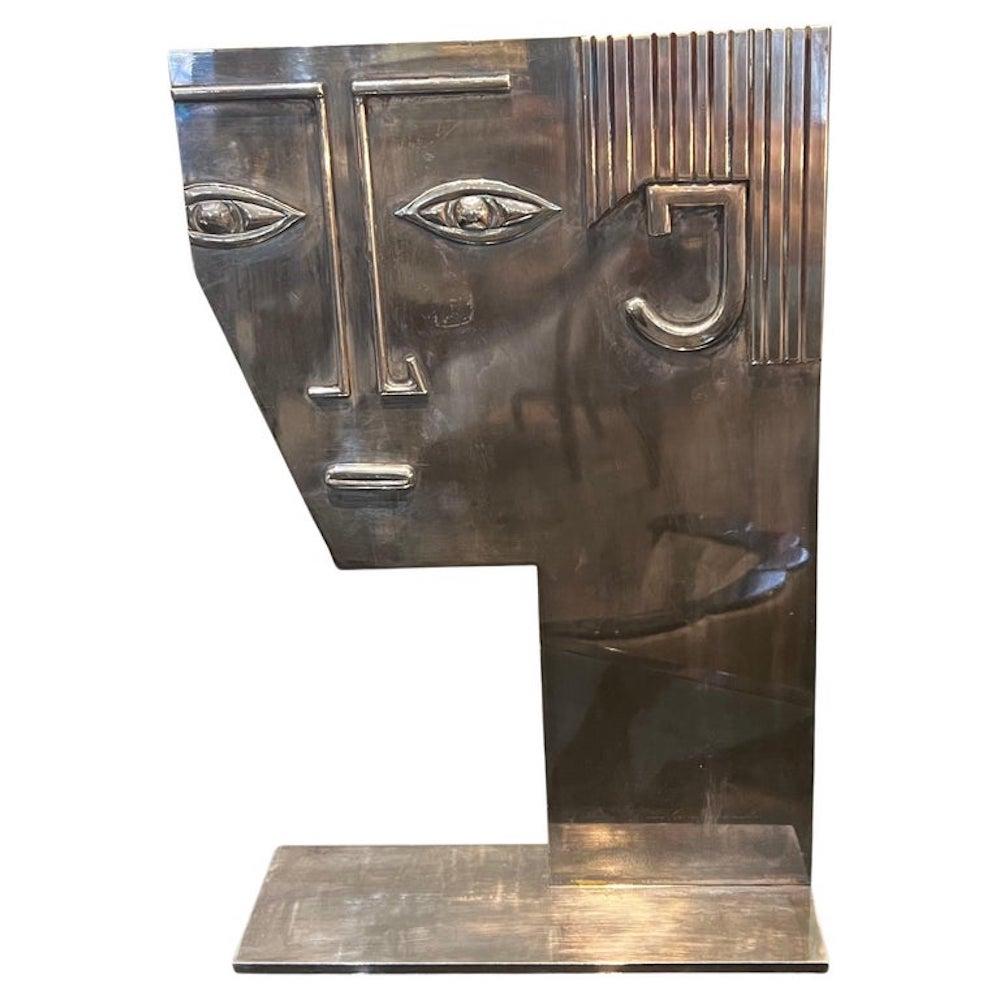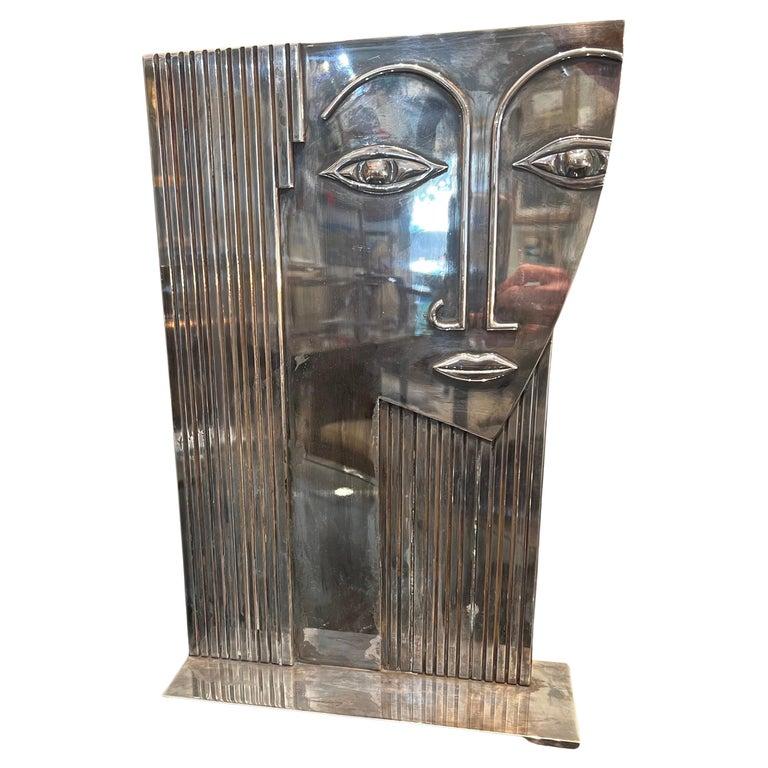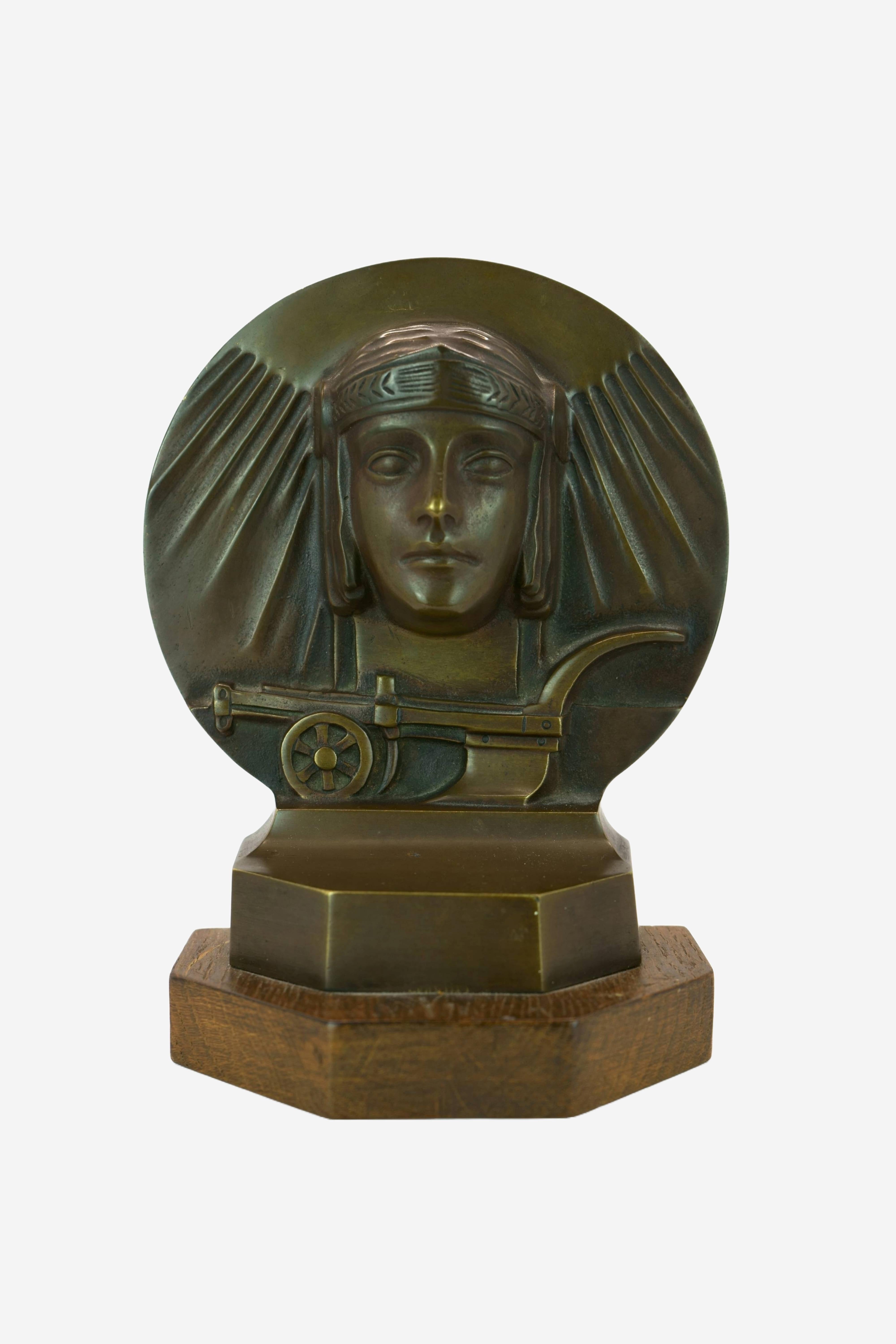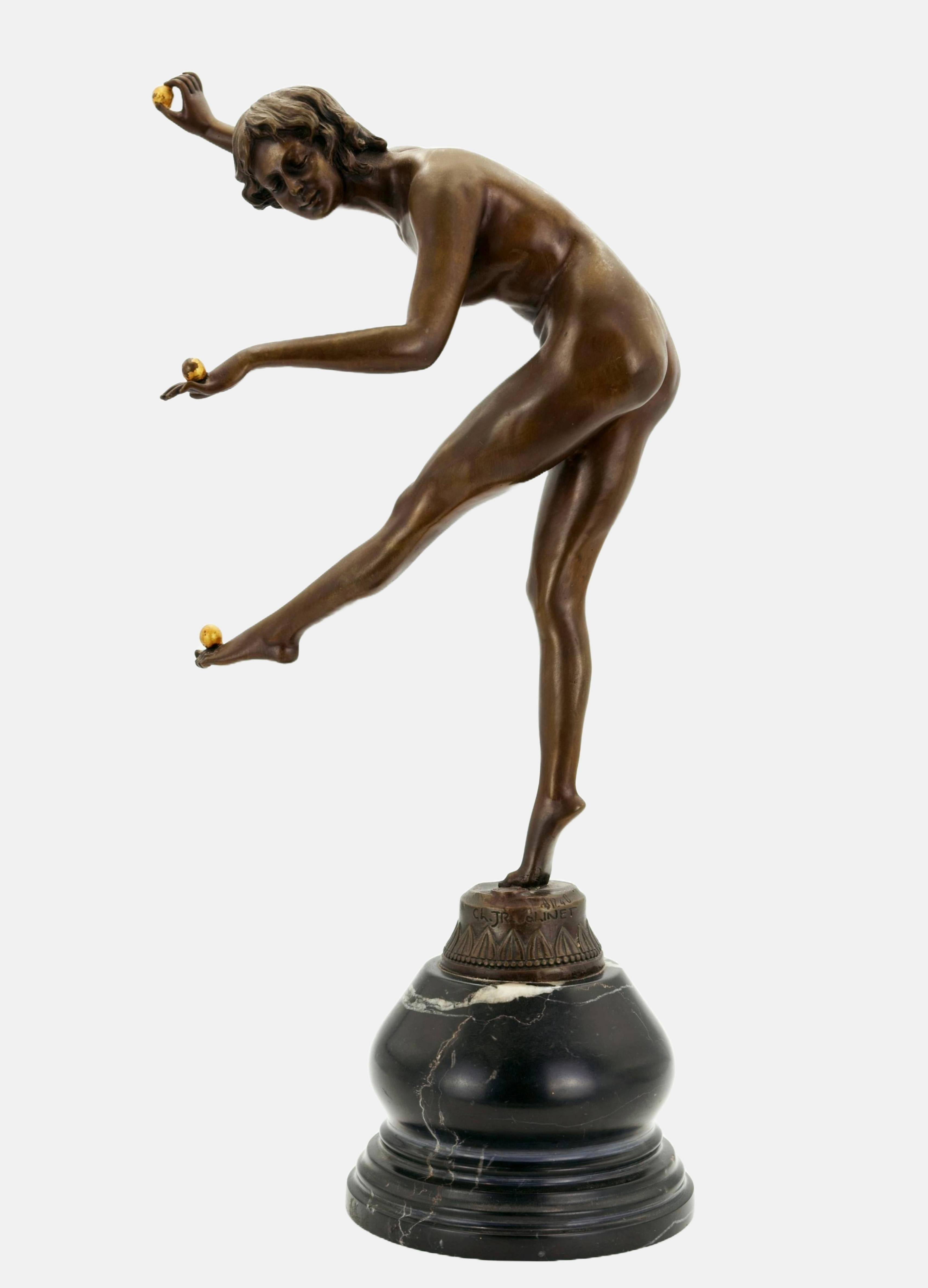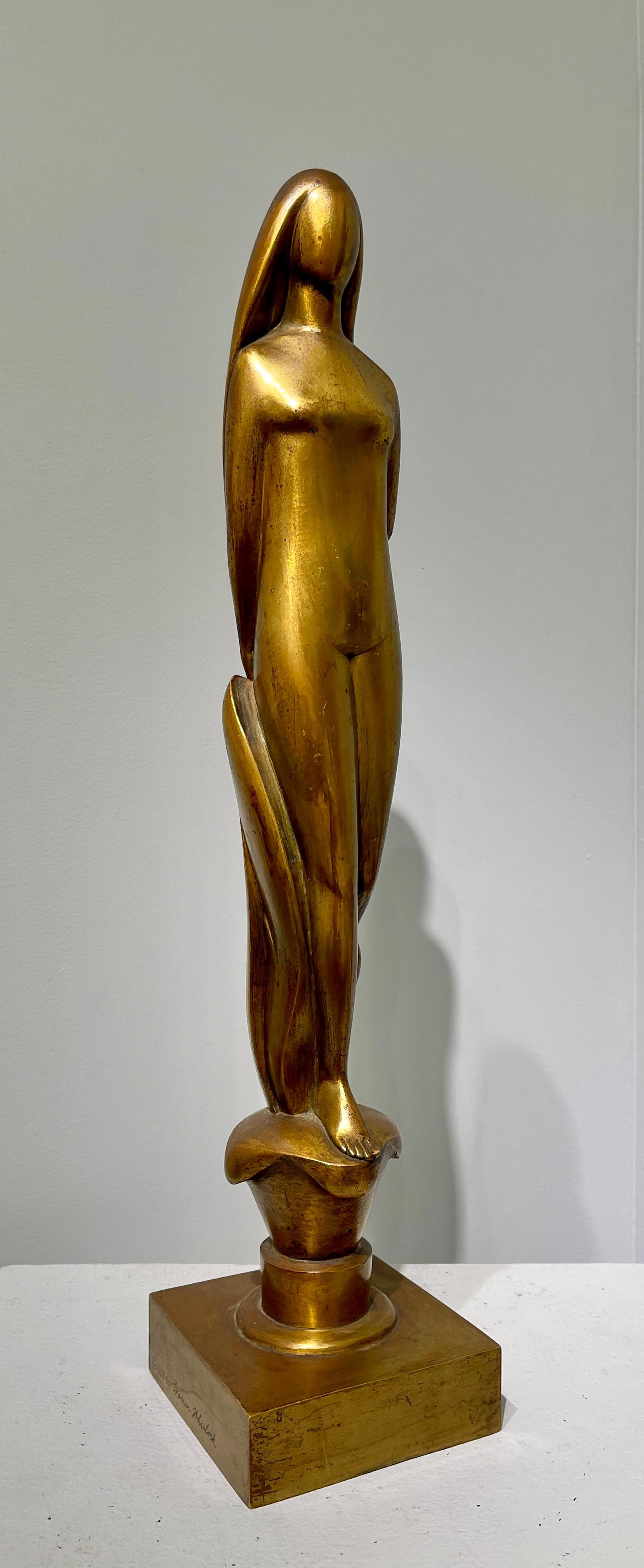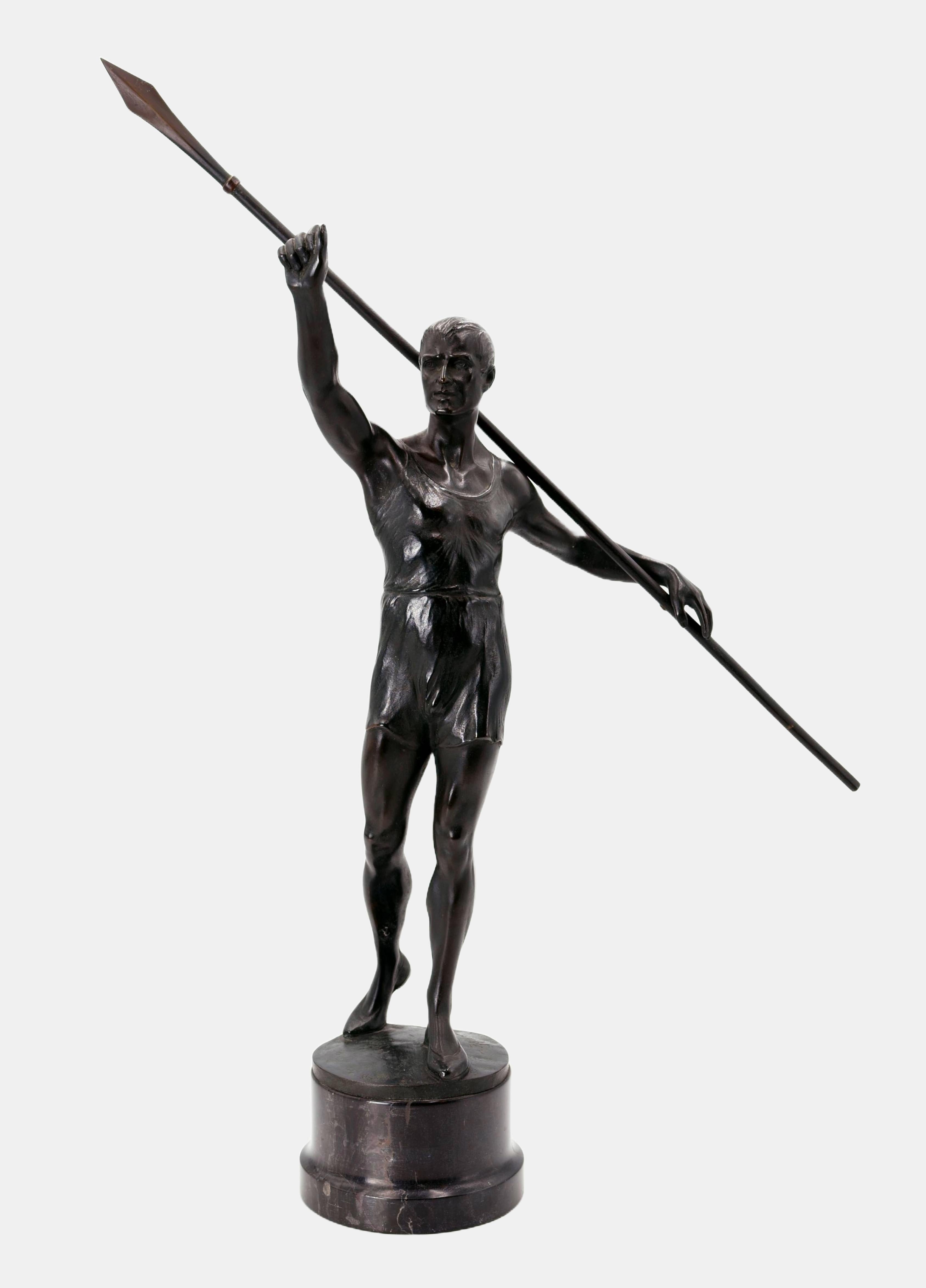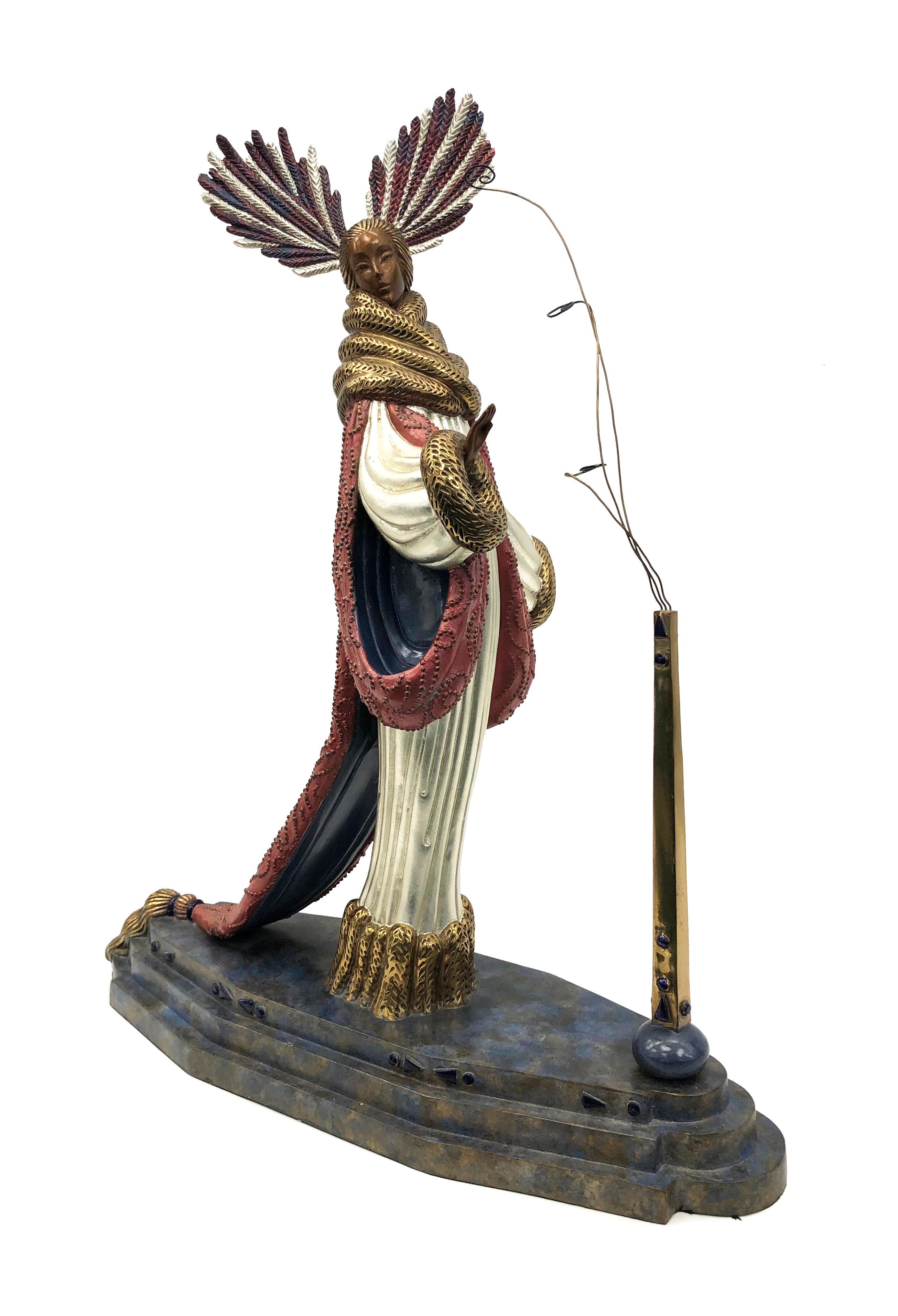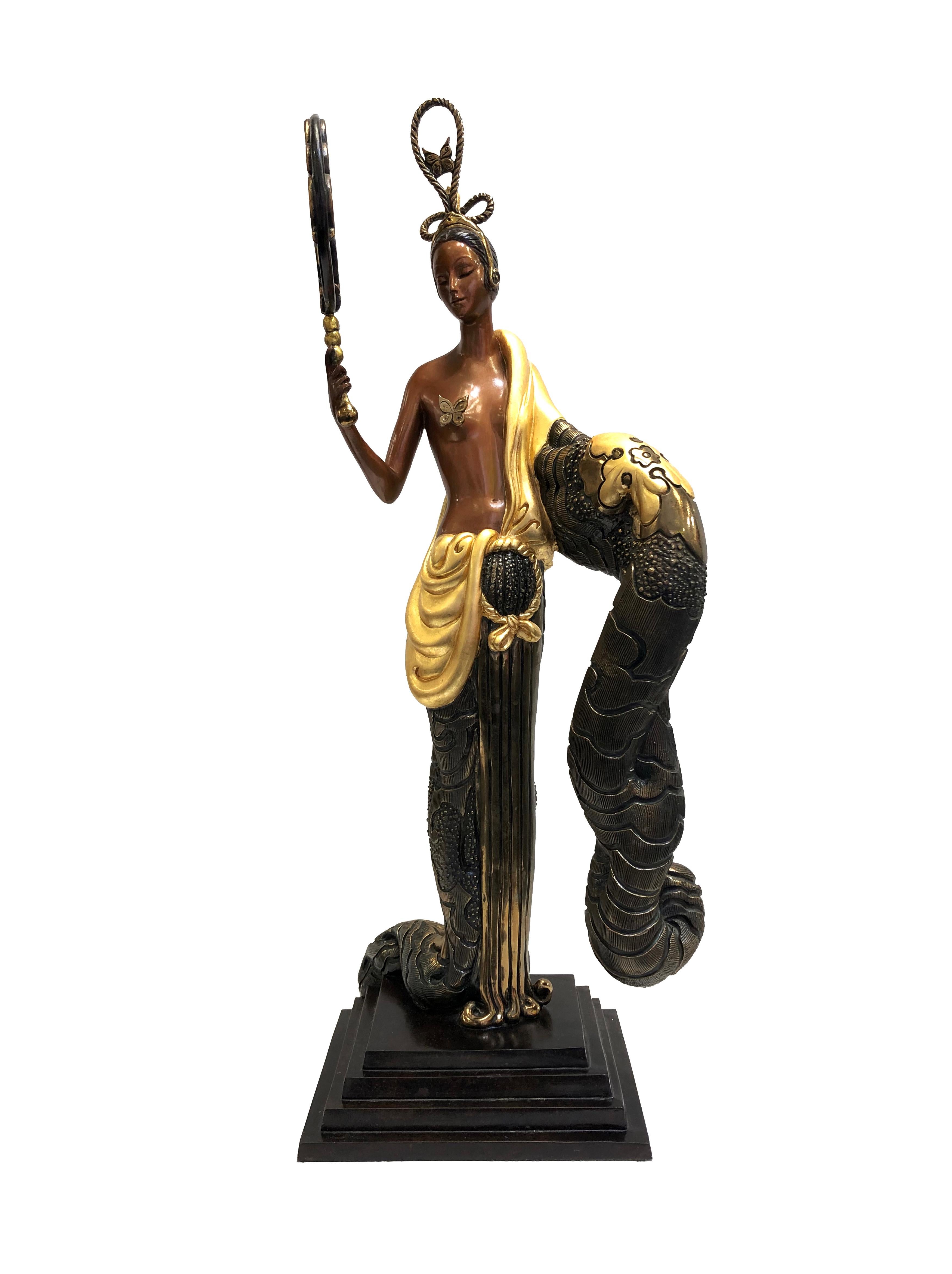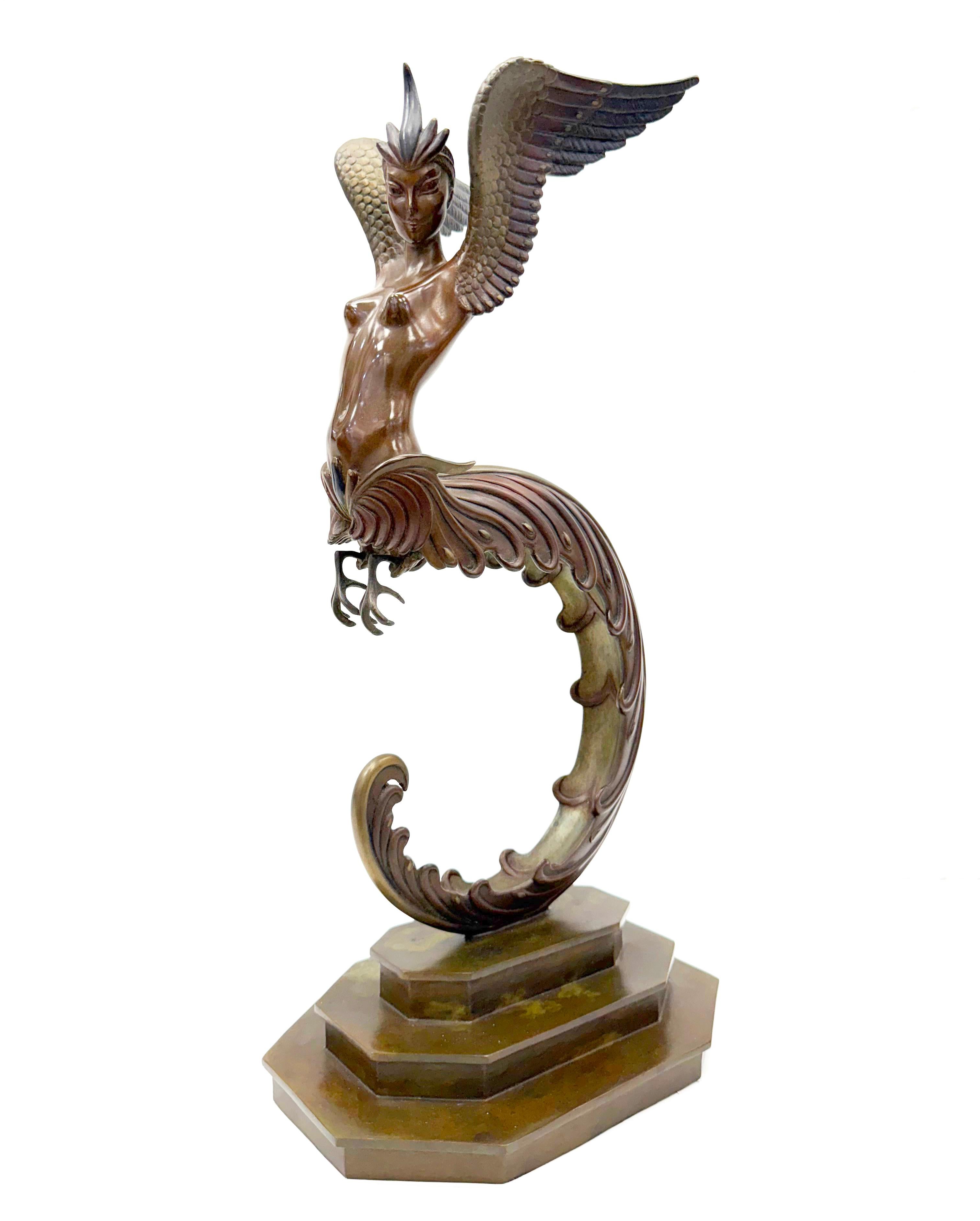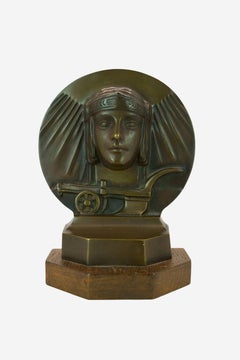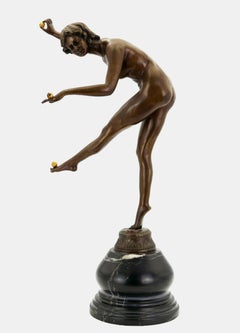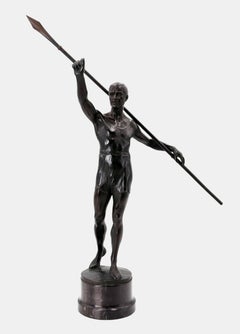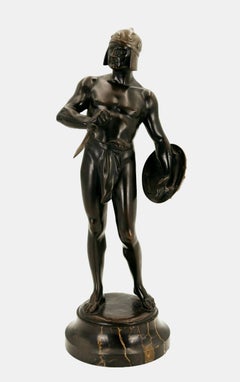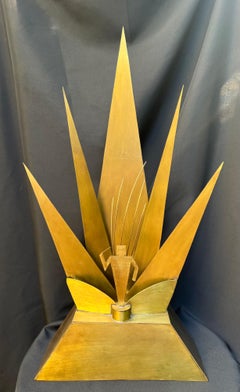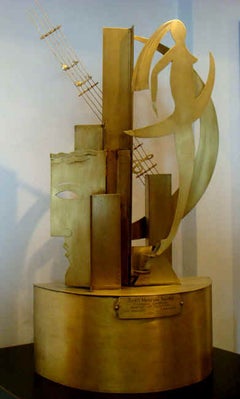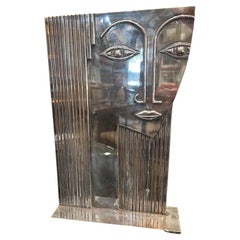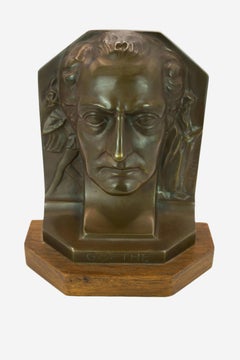
Goethe / - Goethe's Will -
View Similar Items
Want more images or videos?
Request additional images or videos from the seller
1 of 7
Hans HardersGoethe / - Goethe's Will -c 1935
c 1935
$1,148.06List Price
About the Item
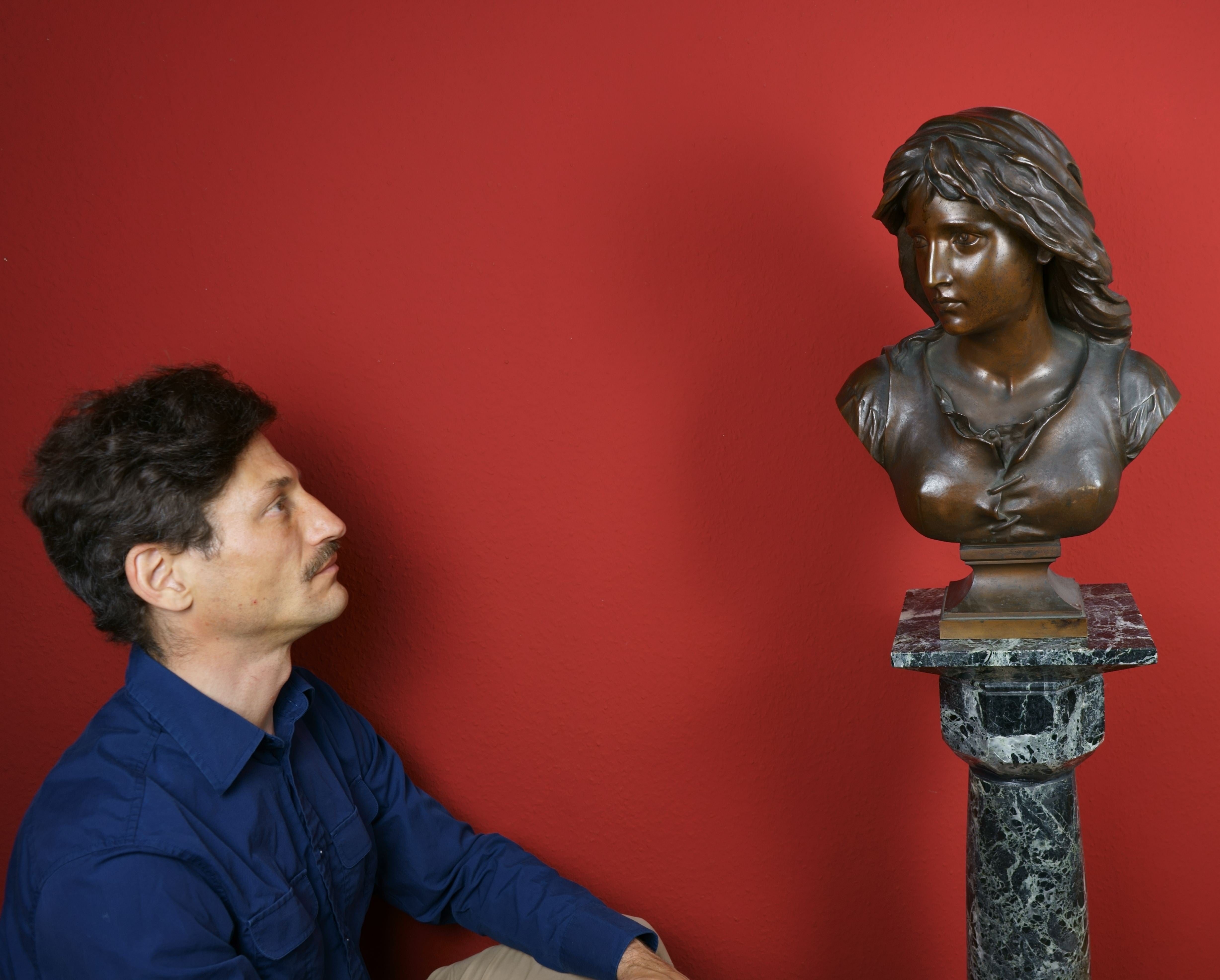
About the Seller
5.0
Vetted Professional Seller
Every seller passes strict standards for authenticity and reliability
Established in 2014
1stDibs seller since 2023
21 sales on 1stDibs
Authenticity Guarantee
In the unlikely event there’s an issue with an item’s authenticity, contact us within 1 year for a full refund. DetailsMoney-Back Guarantee
If your item is not as described, is damaged in transit, or does not arrive, contact us within 7 days for a full refund. Details24-Hour Cancellation
You have a 24-hour grace period in which to reconsider your purchase, with no questions asked.Vetted Professional Sellers
Our world-class sellers must adhere to strict standards for service and quality, maintaining the integrity of our listings.Price-Match Guarantee
If you find that a seller listed the same item for a lower price elsewhere, we’ll match it.Trusted Global Delivery
Our best-in-class carrier network provides specialized shipping options worldwide, including custom delivery.More From This Seller
View AllSun God Ra / - The Light of Knowledge -
Located in Berlin, DE
Anonymous, Sun God Ra (bookend), 16 x 13.5 x 6 cm (depiction), 17.5 x 13.5 x 8 cm (with pedestal), patinated brass, c. 1935.
- Nose slightly rubbed, otherwise very good condition
...
Category
1930s Art Deco Figurative Sculptures
Materials
Brass
$459 Sale Price
20% Off
Juggler / - Artistic naturalness -
Located in Berlin, DE
Claire Jeanne Robertine Colinet (1880 Brussels - 1950 Asnières-sur-Seine), Juggler, around 1920. Brownish patinated bronze with gilded balls on a round, multi-profiled stone base (10...
Category
1920s Art Deco Nude Sculptures
Materials
Bronze
Javelin thrower / - Roman present -
By Franz Iffland
Located in Berlin, DE
Franz Iffland (1862 Tempelhof - 1935 Berlin), Javelin thrower, after 1910. Olive-black patinated bronze with cast plinth mounted on a white-veined black marble base (7 cm high). Tota...
Category
1910s Art Deco Nude Sculptures
Materials
Bronze
$2,364 Sale Price
20% Off
Gladiator ready for battle / - Ready for anything -
By Bruno Zach
Located in Berlin, DE
Bruno Zach (1891 Zhitomir - 1945 Vienna), Gladiator ready for battle, c. 1930. Blackish patinated bronze with silver-plated helmet, shield rim and shield pommel mounted on a fluted m...
Category
1930s Art Deco Nude Sculptures
Materials
Bronze
Boy playing the shawm / - The transience of sounds -
Located in Berlin, DE
Hans Harders (1875 Mörel - 1955 Berlin), Boy playing the shawm, around 1930. Dark patinated bronze with round plinth on a black marble base (2 cm high), t...
Category
1930s Art Deco Nude Sculptures
Materials
Bronze
$2,104 Sale Price
20% Off
Girl with a Kid / - Caresses of innocence -
By Ary Bitter
Located in Berlin, DE
Ary Bitter (1883 Marseille - 1973 Paris), Girl with Kid, around 1930. Green patinated bronze with cast plinth loosely mounted on a white-veined dark green marble base. Dimensions of the plinth: 5 cm (height) x 80 cm (length) x 24 (width), dimensions of the bronze 28 cm (height) x 72 cm (length) x 18 cm (width). Weight of the bronze 18.2 kg, total weight 39.2 kg. Signed “Ary Bitter.” on the plinth and stamped “L N Paris J L” by the foundry Les Neveux de Jacques Lehmann...
Category
1930s Art Deco Nude Sculptures
Materials
Bronze
$8,610 Sale Price
20% Off
You May Also Like
Music (attributed)
By Philip Kran Paval
Located in Los Angeles, CA
This sculpture is part of our exhibition America Coast to Coast: Artists of the 1930s
Music (attributed), brass and wire construction, c. 1936, 28 x 14 x 5 inches; perhaps exhibited at Hollywood Riviera Gallery, 1936 (third prize); provenance includes Estate of Jon Spencer Helfen (Los Angeles, CA
About the Sculpture
In 1935, Philip Paval bought a box of metal in a “blind auction.” Paval, a painter, sculptor, and jeweler, had hoped the box contained silver. To his dismay, it was brass. Seeing an opportunity, Paval started to make sculptures from the brass sheets. His subjects included Cinema, Hollywood, Radio, Dance, Aviation and Music. The works were well-received with the Hollywood crowd and critically acclaimed. Actor and comedian, Ben Bard, purchased four of them for his theater, and novelist and screenwriter, Vicki Baum ordered four more for her drawing room. Movie director King Vidor also purchased them. Los Angeles Times art critic, Arthur Millier, described Paval’s “contraptions” as “ingenious, decorative, different.” Paval exhibited these works for several years in the late 1930s, including at the American Artists’ Congress Gallery in Los Angeles in an exhibition called Formalism and Abstraction in 1938 and at a solo show at Stendahl Galleries in 1939. The appeal of these works must have been irresistible, as a 1936 Los Angeles Times article noted, “Two feet of brass art has been stolen from the Hollywood Riviera Galleries. The work is an abstraction. It portrays the spirit of music and rested on the grand piano in the main hall. The work of Philip Paval, it won third prize in the current gallery exhibition at the gallery.” One can only wonder whether this is the “contraption” which was pilfered from the gallery nearly one hundred years ago. Given the description of the work, its subject matter and size, it seems likely.
About the Artist
Philip Paval was a sculptor, painter, and jeweler. Born in Denmark, Paval was apprenticed to a silversmith and studied art in Denmark. He immigrated to the US in 1919 and first worked as a merchant seaman in New York. The following year, Paval settled in Los Angeles where he later opened his own jewelry shop featuring works he designed and produced. Paval became a favorite in the entertainment world, making a good living selling silver...
Category
1930s Art Deco Figurative Sculptures
Materials
Brass
Hollywood
By Philip Paval
Located in West Hollywood, CA
Philip Paval was a sculptor and silversmith who worked primarily in Los Angeles. He was known as a Hollywood Artist, as he affiliated with many of the Hol...
Category
1930s Art Deco Figurative Sculptures
Materials
Brass
$14,500
Head of a man done by Werkstatte Hagenauer Wien
By Werkstätte Hagenauer Wien
Located in Houston, TX
Sculpture of male head, silvered plated brass.
Inscribed on the bottom, "Werkstätte Hagenauer Wien"
Austria, c. 1930s
16"h x 10.5"w x 3.5"d
Category
1930s Art Deco Figurative Sculptures
Materials
Brass
Sculpture of female head done by Werkstatte Hagenauer Wien
By Werkstätte Hagenauer Wien
Located in Houston, TX
Sculpture of female head, silvered plated brass.
Inscribed on the bottom, "Werkstätte Hagenauer Wien"
Austria, c. 1930s
16"h x 10.5"w x 3.5"d
Category
1930s Art Deco Figurative Sculptures
Materials
Brass
Dos du Vent 2 Ceramic sculpture
Located in Paris, FR
Ceramic sculpture in glazed stoneware
Unique piece
Certificate : seal and signature by Jean-Claude Canonne and on the original certificate
This sculpture is a very long time of work...
Category
Early 2000s Art Deco Figurative Sculptures
Materials
Enamel
"Young Woman Nude" Warren Wheelock, Art Deco, Modernist Female Sculpture Form
By Warren Wheelock
Located in New York, NY
Warren Wheelock
Untitled (Young Woman Nude), 1924
Incised signature and date to edge of base "© 1924 by Warren Wheelock"
Bronze
Sculpture: 20 h × 4½ w...
Category
1920s Art Deco Figurative Sculptures
Materials
Bronze
Recently Viewed
View AllMore Ways To Browse
Art Deco Berlin
Brass Art Deco Sculpture
Relief Sculpture Face
Art Deco Sculpture Relief
Wooden Sculpture Art Deco
Art Deco Sculpture Face
Farmer Sculpture
1920s Dancer Sculptures
Brass Dancer Sculpture
1887 Porcelain
Art Deco Relief Panel
Vintage Hutschenreuther German Porcelain
Art Deco Semi Mount
Bronze Bust German
Farmer Bronze
Preiss Bronze
Das Buch Der Welt
Art Deco Brass Bust
